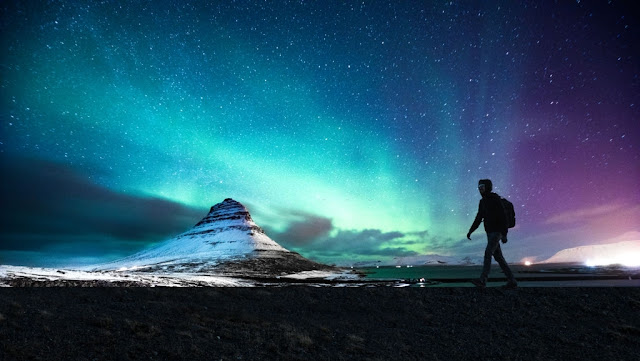You've almost certainly spent months, if not years, planning your Northern Lights trip. If this is the case, you should be aware that proper attire is critical to your experience. The environment you are about to enter may be quite different from what you are used to, and it's difficult to resist the urge to pack every piece of warm clothing you own just in case!
While the contents of your suitcase will undoubtedly vary depending on the destination of your Northern Lights trip, while staying warm is critical, packing sensibly is also critical. Travel to Sweden, for example. You may encounter temperatures as low as minus 30 degrees, necessitating the use of appropriate Arctic gear (but this will be provided by your tour operator). However, imagine you're planning a trip to Iceland to see the Northern Lights. Temperatures are significantly lower in that case, and as an English winter hovers just below freezing, the official advice is to layer your clothing and bring good waterproofs and sturdy boots.
The Primacy of
While packing a few essentials for a Northern Lights trip to Swedish Lapland is unavoidable, there is no reason to visit an expensive outdoor store and purchase an endless supply of cold-weather clothing. The two most critical pieces of clothing are thermally insulated overalls and high-quality thermal winter boots, which a reputable tour operator should provide. However, because the plane will land on ice, you will need sensible boots and a warm coat until you arrive at the hotel to be outfitted in your arctic gear. Boots should be warm, durable, and have a good sole to aid in staying upright in the snow. Gloves, scarves, and hats, of course, are necessary as well. Some people prefer mittens to keep their hands warm, and the benefit of these is that they accommodate hand warmer packs if you have cold extremities.
Bear in mind that the weather can be unpredictable depending on your travel dates. From December to February, the weather is significantly colder, and you should dress accordingly. Under your overalls, you must wear complete winter clothing, and the bare minimum is thermal underwear, jogging bottoms, and a few fleeces. Less is required beneath the overalls during the warmer months.
Additionally, keep in mind that you may be participating in outdoor activities. If you're snowshoeing, cross-country skiing, or husky sledging, you'll want to ensure that your clothing allows for freedom of movement.
Concluding
Avoid being convinced that you require a hundred and one item when a few will suffice! Could you create and follow a list? Begin with two base layers of thermal underwear and socks, followed by a fleece sweater or turtle neck top, woolly socks, and cotton or fleece trousers. Wool is the best material for these base and middle layers because it insulates and prevents sweating. Additionally, you'll require your rugged boots.
Your tour specialist should provide you with more detailed information about what you will need (again, this will vary depending on your destination). Still, the information above provides a good starting point.


Comments
Post a Comment